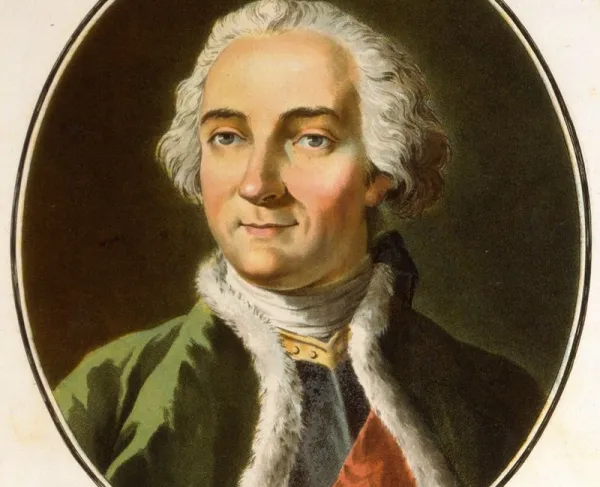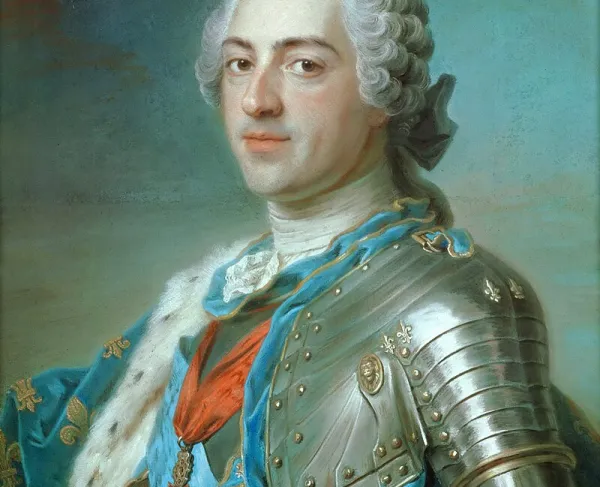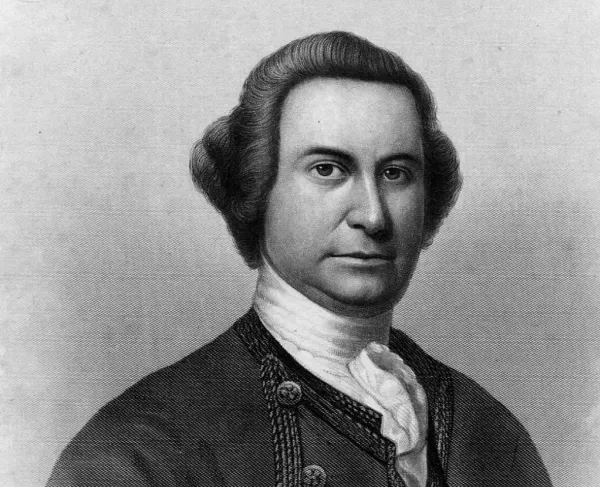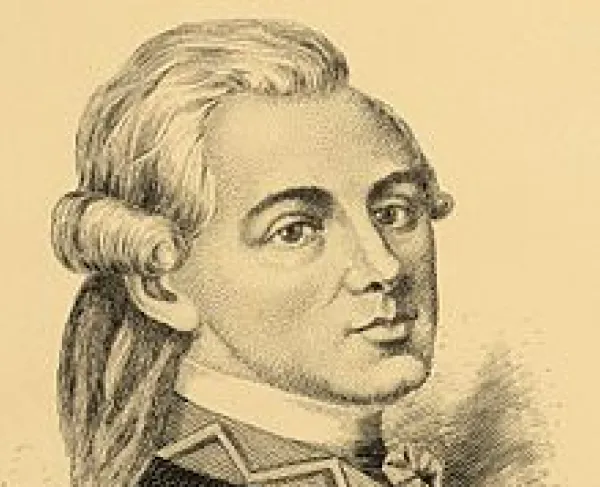Louis-Joseph de Montcalm

Louis-Joseph de Montcalm was born February 28, 1712 to Louis-Daniel de Montcalm of the House of Montcalm, a noble family of Nimes, France and Marie-Therese de Pierre. Montcalm started his military career at a very young age, joining the French Army as an ensign in 1721. In 1729, when he was just seventeen, his father purchased a captain’s commission for him, and Montcalm served in the War of Polish Succession, participating in the Siege of Kehl and Philippsburg. When the War of Austrian Succession broke out in 1740, Montcalm took a position as aide-de-camp and participated in the Siege of Prague. Promoted to colonel in 1743, he took part in the Italian campaigns and was awarded the Order of Saint Louis in 1744. Montcalm fell wounded and was taken prisoner at the Battle of Piacenza in 1746, then upon release promoted to brigadier general for the rest of the war until a treaty was signed in 1748.
With the outbreak of the French and Indian War, King Louis XV sent Montcalm to North America. He quickly gained a victory over the British when his force of 3,500 regular French, Canadian militia and Native American troops captured Fort Oswego in August 1756. This proved to the British that the French had a capable general leading their forces on the continent.
Then in 1757, Montcalm scored another great victory against the British. Montcalm and his forces debarked from Fort Carillon (later Fort Ticonderoga) to capture British forts south of Lake Champlain. Montcalm left with a force totaling 8,000 and besieged Fort William Henry for three days before the British surrendered on August 9. Montcalm allowed the British favorable terms of surrender but when they left the fort on their way to Fort Edward, his Indian allies suddenly attacked the British, killing 200. Montcalm decided not to advance on Fort Edward.
Montcalm’s final victory would be the Battle of Fort Carillon. A British force of nearly 15,000 men under Major General James Abercrombie pushed towards the fort in July 1758. The French defenders, after being reinforced by Canadian militia had mere 3,600. The fort was relatively insecure and undermanned; however, Abercrombie made several tactical blunders which allowed the French to hold out. This major French success added to Montcalm’s reputation.
In 1758, the British started to pour more troops and resources into the North American campaign, thus taking the upper hand while the French did the opposite. King Louis ordered a reduction of defensive perimeter to the valley of the Saint Lawrence River, especially Montreal and Quebec. British Major General James Wolfe’s forces reached Quebec in June 1759, where he bombarded the city for near two months. Montcalm did manage to repel several attempted landings, until Wolfe successfully landed in a small cove about a mile from the city, taking Montcalm by surprise. By the time Montcalm reacted, the British had already assembled on the plains, and the ensuing Battle of the Plains of Abraham on September 13, 1759, would be Montcalm’s last.
The French forces were defeated on the field, and as Montcalm rode back to the city, he was hit in the back by a musket ball. Assisted by soldiers, he was brought to the city and taken before a surgeon who announced he would not live through the night. Montcalm mustered his remaining strength and signed his last official act as commander of the French army in Canada; he addressed a letter to General Wolfe as an attempt to surrender the city. Ironically, Wolfe had also been wounded and would die that day. Montcalm died on September 14. Buried under Ursuline church in Quebec, his remains were removed on October 11, 2001 and placed in a newly built mausoleum in the cemetery of Hopital-General de Quebec.





